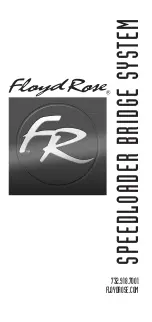
K4105A
side 32
Note:
Make sure to stick the auxiliary earth spikes in the moist part of the soil. Give enough
water where the spikes have to be stuck into the dry, stony or sandy part of the earth so
that it may become moist.
In case of concrete, lay the auxiliary earth spike down and water it, or put a wet dustcloth
etc. on the spike when making measurement.
2. Earth Voltage Measurement
Set the range switch to EARTH VOLTAGE position in the condition of
①
. Earth
voltage will be indicated on the display. Make sure that the voltage is 3V or less.
When the display reads more than 3V, it may result in excessive errors in earth
resistance measurement. To avoid this, make measurement after reducing the
voltage by turning off the power supply of the equipment under test etc.
3. Precise Measurement
Set the range switch to 2000Ω position and press the test button. LED remains
illuminated during testing. Turn the range switch to 200Ω and 20Ω when the earth
resistance is low. This indicated value is the earth resistance of the earthed
equipment under test.
Note:
If the auxiliary earth resistance of auxiliary earth spike C is too high to make
measurement, the display reads ' . . . '. Recheck the connection of test leads and
the earth resistance of auxiliary earth spike.
CAUTION
If measurement is made with the probes twisted or in touch with each other, the
reading of the instrument may be affected by induction. When connecting the
probes, make sure that they are separated.
If earth resistance of auxiliary earth spikes is too large, it may result in inaccurate
measurement. Make sure to stick the auxiliary earth spike P and C into the moist
part of the earth carefully, and ensure sufficient connections between the respective
connections.





































